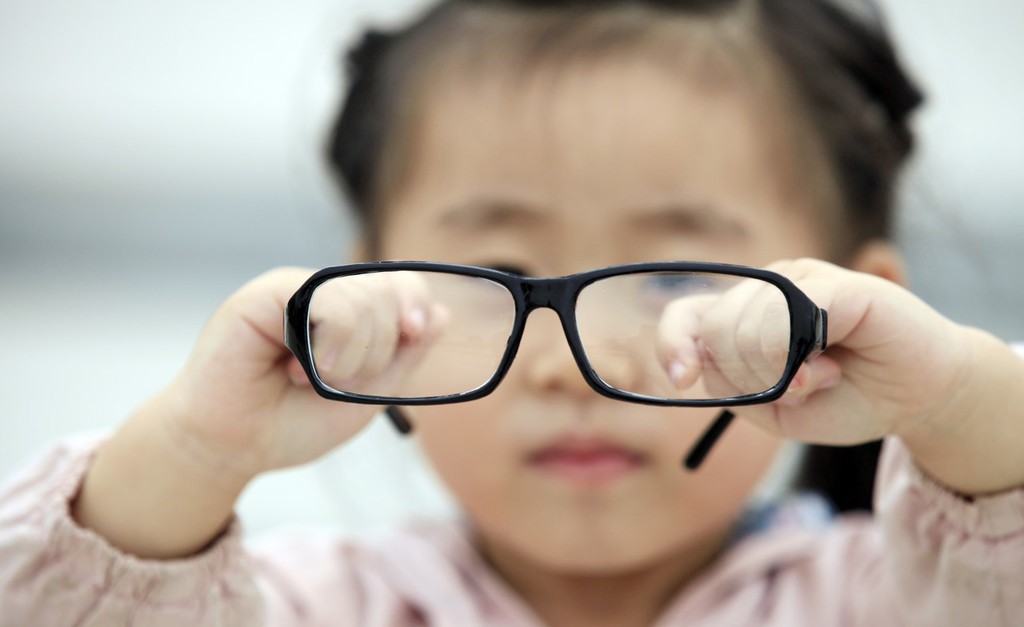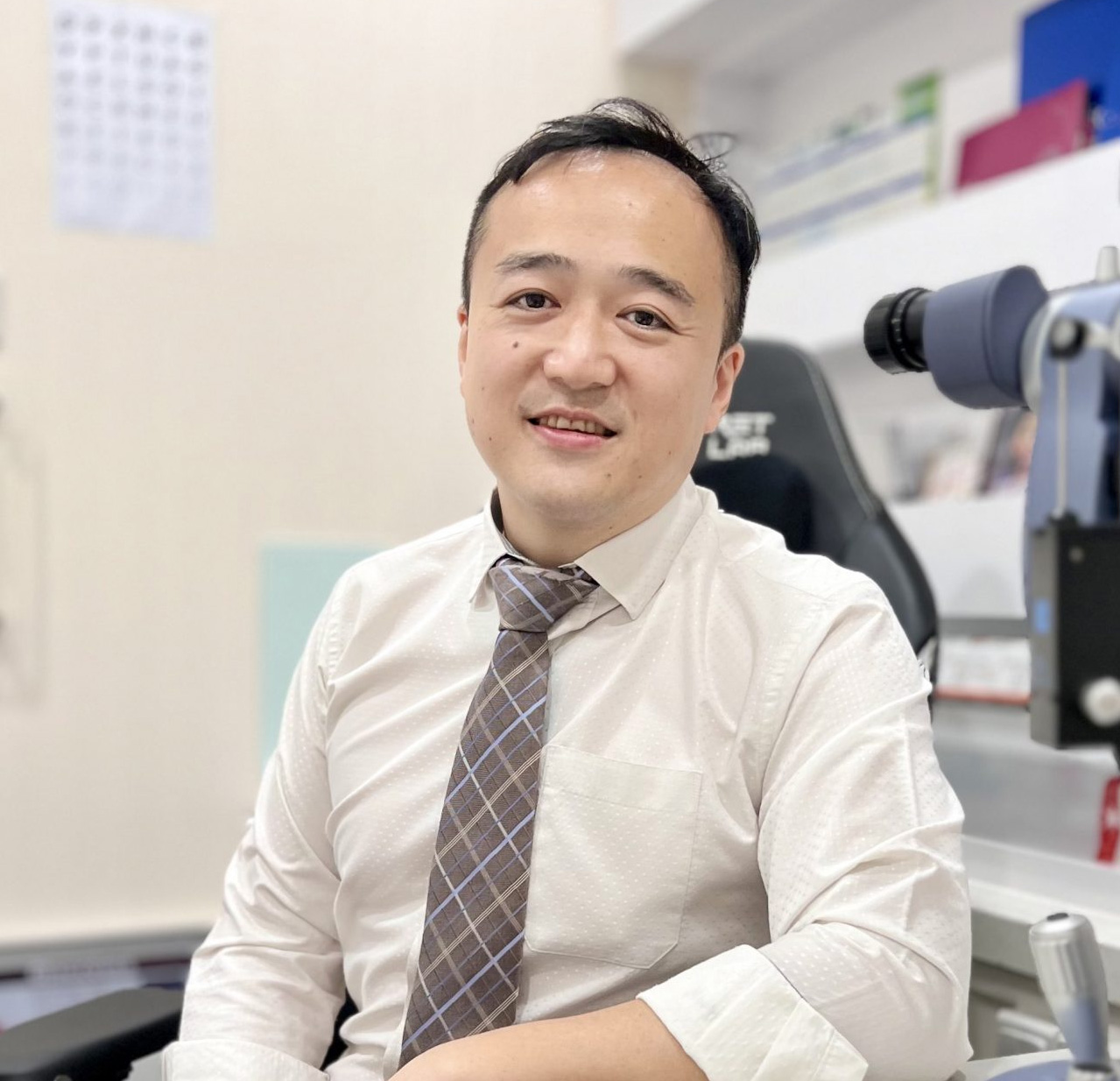When Your Child Struggles to See the Whiteboard Clearly
Myopia, or short-sightedness, is one of the most common vision conditions affecting children in Singapore today. It causes distant objects, like the classroom board or road signs, to appear blurry, while close-up tasks such as reading and screen use remain clear.
At London Eye & Retina, we work closely with families to detect and manage childhood myopia early. With the right care, it’s possible to slow myopia progression and protect long-term eye health.
What Is Myopia?
Myopia occurs when the eyeball is too long or the cornea is too curved. As a result, light rays entering the eye focus in front of the retina instead of directly on it, causing blurred distance vision.
In children, myopia often begins between ages 6 and 12 and tends to worsen during the growing years, especially with prolonged near work and limited outdoor activity.
Why Is Childhood Myopia a Growing Concern?
Singapore has one of the highest rates of myopia in the world. While low myopia may simply require glasses, progressive or high myopia can increase the risk of future eye complications, including:
- Retinal detachment
- Myopic macular degeneration
- Glaucoma
- Early cataracts
That’s why childhood myopia management is about more than just vision correction, it’s about preserving long-term eye health.
What Causes Myopia?
Myopia is influenced by a mix of genetic and environmental factors:
- Family history (one or both parents with myopia)\
- Excessive near work (e.g. reading, tuition, digital device use)
- Limited outdoor activity
- Rapid growth spurts during school-age years
Early detection and lifestyle modifications can play a key role in slowing its progression.
What Are the Signs of Myopia?
Children may not always realise their vision is blurred. Parents and teachers should watch for:
- Squinting to see the board or TV
- Sitting very close to screens or books
- Frequent complaints of headaches or eye strain
- Rubbing eyes or blinking excessively
- Avoiding sports or outdoor play due to poor distance vision
Routine eye checks, especially before primary school, can help catch myopia early, even in children without symptoms.
How Is Myopia Diagnosed?
At London Eye & Retina, we offer age-appropriate eye assessments that include:
- Visual acuity testing for both near and far vision
- Refraction tests (with or without cycloplegia) to determine the accurate prescription
- Slit-lamp and fundus examination to assess overall eye health
- Axial length measurement (if needed) to monitor myopia progression
We also evaluate eye coordination and focusing ability, especially in younger children.
What Are the Treatment Options?
Besides glasses, there are now evidence-based treatments to help slow myopia progression:
Spectacles
- Simple correction with single vision lenses
- Specialised myopia control lenses (e.g. DIMS lenses)
Contact Lenses
- Orthokeratology (Ortho-K): overnight lenses that reshape the cornea
- Soft multifocal contact lenses for older children
Atropine Eye Drops
- Low-dose atropine (e.g. 0.01% to 0.05%) has been shown to slow myopia progression safely in many children
The best approach depends on your child’s age, lifestyle, prescription, and ability to follow care routines.
How Can Parents Help?
In addition to treatment, simple daily habits can support healthy vision:
- Encourage at least 2 hours of outdoor time daily
- Follow the 20-20-20 rule: every 20 minutes of near work, take a 20-second break to look 20 feet away
- Ensure proper lighting when reading or using screens
- Limit screen time, especially for children under 6
We work with parents to build sustainable habits that benefit vision and eye development.
Book a Children’s Eye Screening Today
Early myopia management can make a lasting difference in your child’s eye health. Whether your child has just been diagnosed or their prescription keeps increasing, we’re here to help you explore the next steps.
Book a paediatric myopia consultation at London Eye & Retina and let’s take a proactive approach to clearer, healthier vision.
Supporting Young Eyes, One Step at a Time


